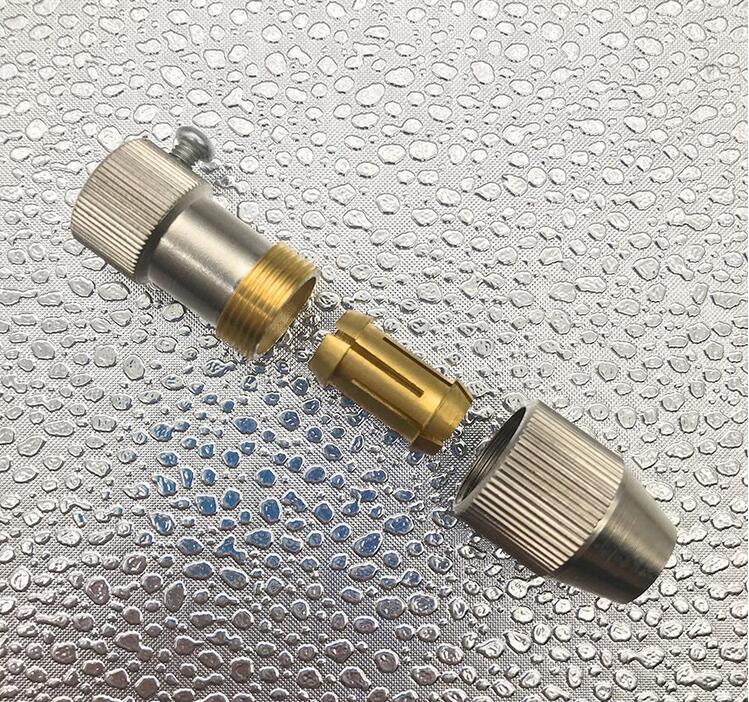|
Application and Scope
The vacuum pug mill is
a piece of
mechanical equipment for vacuum treatment of ceramic raw materials. It
is widely used in the ceramic industry for coarse and fine preparation
of plastic raw materials. As the pug mill is used in conjunction with a
vacuum pump, the plastic raw materials are stirred and extruded through
a grid plate
to form thin strips
and then sent to the vacuum chamber for vacuum degassing treatment.
After extrusion and
pug milling treatment,
raw materials with high density and good plasticity can be obtained.
Structure
The vacuum pug mill is composed of a pug mill body, a vacuum pump, and
vacuum accessories. The main unit is horizontally arranged and mainly
comprises
the power transmission part, the feeding and stirring part, the vacuum
chamber part, the extrusion forming part, and the frame.
Working principle
The raw materials are fed into the pug mill through the feeding port and
are first crushed and kneaded by the feeding screw in the pug mill
chamber. Then, they are pushed forward by the double screws and the
surface area is expanded through the sieve plate. The gases contained
and adsorbed in the raw materials are removed by the vacuum pump. While
the gases are being removed, the raw materials are pushed forward. When
the raw materials reach the vacuum chamber, the gases have been
basically removed. Then, under the strong push of the extrusion screw,
the raw materials are pushed towards the cylindrical head of the machine
and finally extruded through the machine outlet. The raw materials are
cut
into sections with the required sizes
by the roller platform and sent to the forming workshop for production.
Installation sequence and requirements
Install and adjust the pug mill to be level and fixed.
Test run
Before the test run,
Sufficient lubricating oil needs to be added
to the reducer and other machines.
After the installation and adjustment of the pug mill,
an empty-load test run must be conducted for 20-30 minutes.During
the test run,
the operator must confirm that
there are no abnormal sounds, overheating, or vibration, and the running
direction is correct before starting the loaded operation.
Usage and operation
Preparations before use:
Check whether the vacuum pump and vacuum chamber connection pipes are in
good condition;
Check whether the oil level in the reducer is at the required height;
Check whether the electrical protection equipment is normal and whether
all connecting parts are firmly fastened;
Remove all obstacles which are located inside and outside the
machine and may affect normal operation.
Operation process
After the empty run, start feeding the raw materials from the feeding
hopper. Initially, use slightly soft raw materials. After the raw
materials are extruded from the machine outlet, start the vacuum pump.
When the vacuum gauge pressure reaches 700mmHg (93325Pa), change the raw
materials
from the soft state to the usual forming state.
Only when these raw materials are extruded from the machine outlet,can
the formal operation begin.
The raw materials fed into the pug mill should be uniformly moistened
after coarse pugging. If hard or unevenly moistened raw materials are
fed in, the sieve plate may be blocked.
Stop
To reduce the load at the next start-up, try to empty the raw materials
inside the machine before stopping.
When stopping, open the stop valve first and then stop the vacuum pump.
When starting the next operation, close the stop valve first and then
start the vacuum pump. Wait until the vacuum gauge pointer reaches
720mmHg (95992Pa) before starting the pug mill.
Maintenance and care
Check the oil level in the gear box once a month. If it is insufficient,
replenish it in time. Change the oil for the first time after 500 hours
of operation, then every six months, and then once a year.
Check whether there are any obstacles in the feeding hopper to avoid
equipment accidents during operation.
Drain the dirty oil and water from the vacuum pump oil tank once a day.
If the oil level drops, replenish it in time.
If hard soil or debris (plastic, wood chips, cloth, metal, etc.) adhere
to the sieve plate, the production capacity will be reduced. Therefore,
regular checks and cleaning are required. The steps are as follows:
Drain the slurry inside the machine as much as possible and then stop
the machine.
Open the cover of the slurry mixing chamber.
Try to remove the hard lumps and dirt from the holes of the screen and
the surrounding areas.
When
restoring the machine,
pay attention to the cleanliness of the contact surface of the cover and
apply sealant on the surface of the gasket.
In winter, the slurry may freeze inside the machine. Therefore,
carefully check the slurry
before starting the machine. If it is frozen, defrost it (by heating or
adding hot water) or remove the internal components for cleaning before
operation.
|










